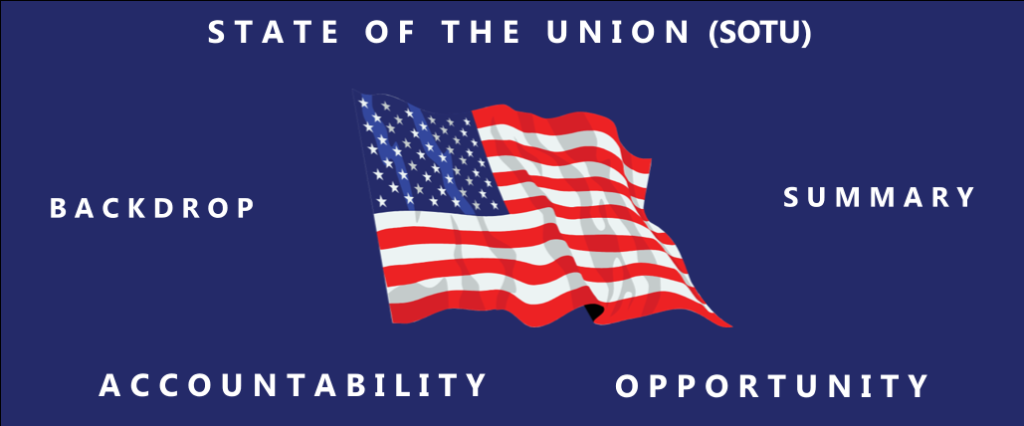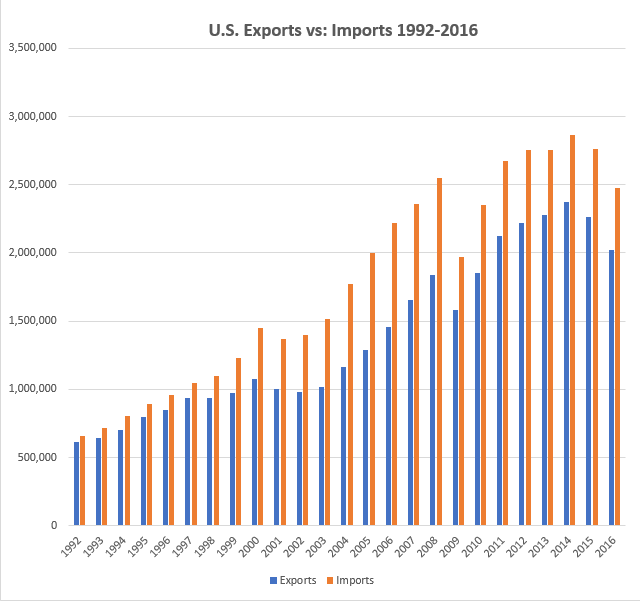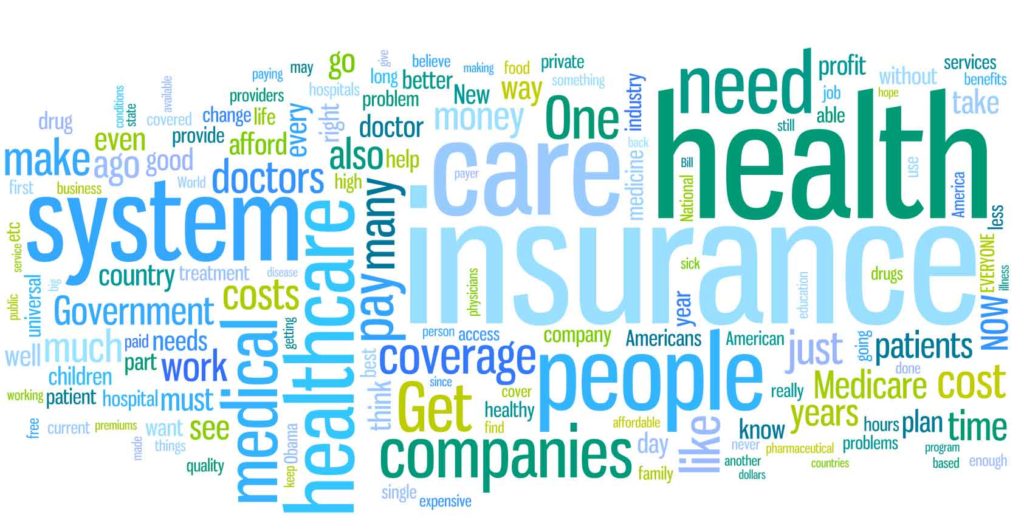Past and present selected observations considered important will be summarized. The summary is a standing post that will be updated throughout the year. Each year, the current copy of the post will be archived and become the basis for the next year’s post. Tenth Anniversary of the 2012 Future Forecast.
The future horizon may indicate international events affecting the U.S. are driven by root causes to manipulate financial markets for international, organizational and personal gain.
If so, this may open the door and expose participation by domestic and international interests in events against the U.S.? Refer to the “SOTU 2023: International Events” posting.
If the 9/11 report has the same lack of integrity as charges against President Trump by fifty security experts, this should be cause for concern.
Background I: Notes, Terms and Examples
- Links in this posting open additional postings or external references for review of the subject listed. Close opened postings or references to return to this posting.
- Issues are unsettled matters of a long-term nature where there is disagreement on recognition of the issues or the manner in which to resolve them.
- Events are occurrences of a negative or positive nature noteworthy of recognition at the time of occurrence.
- COVID-19 is an example of a negative event in which millions have died. COVID-19 has become a long-term issue in that there is disagreement on the origin of the disease, and the proper method to resolve the issue.
Background II: Observations Derived from Horizon Scanning:
- Subjective observations may be factual however, researchers may partially agree or disagree with observations presented. Typically used in social sciences.
- Objective observations are derived from facts and conditions. Typically used in physical sciences and engineering.
Background III: Research Methods
Evaluating a single subject may be simple, while linking the effects of multiple subjects can become highly complex. Typical methods used singularly or in combination include:
Background IV: Horizon Scanning
Techniques listed in the research category will be applied:
- Information, Knowledge and Wisdom.
- Complex Ordered Issues and Systems Model.
- Success with Complex Issues and Systems.
SOTU 2023 Running Summary:
Apply objective logic and provide a forecast for future years based on past and present observations. Where the past and present meet the future.
Forward I: Summary of War and Terrorism Issues and Events
Issues summarized in this post are listed in the War and Terrorism category. The summary will evaluate actions taken or not taken, and where responsibility is assigned. Based on outcome of past and present issues, the probability of future events will be presented. Summaries of Issues and Events will develop over an extended time.
2017 SOTU Part IV: National Defense, Security and Immigration establishes the basis for the 2022 Summary. The Oath of Office of the President of the United States and all members of Congress are plainly stated. Additionally, employees, lobbyists, contractors and virtually any position paid for by the citizens of the United States are covered by a similar Oath of Office requirement.
Forward II: Presidents
Presidents of the United States in chronological order. Entries contain links to separate pages with historical information for each president. (Wikipedia) (Encyclopedia Britannica)
Historical rankings of the Presidents of the United States are debatable. Surveys conducted by several independent organizations are listed. The lists are somewhat subjective in nature with different poll results provided.
List of wars involving the United States: There are 105 wars on the list, 4 of which are ongoing. The list is categorized as follows: conflicts, allies, opponents, results, and presidents at the time of conflicts. Wars listed on the above link provide a view of seemingly constant military actions. Consult the following list links for major conflicts. The periods listed may have intervals in conflict.
Major 20th and 21st Century Wars:
World War I: 1914-1918- President, Woodrow Wilson – Democrat
World War II: 1939-1945 – Presidents, Franklin D. Roosevelt – Harry S. Truman – Democrat
Korean War: 1950-1953 – Presidents, Harry S. Truman – Democrat, Dwight D. Eisenhower – Republican
Vietnam War: 1955-1975 – Presidents, John F. Kennedy, Lyndon B. Johnson – Democrat, Richard Nixon, Gerald Ford – Republican
Gulf War: 1990-1991 – George H.W. Bush – Republican
Iraqi No-Fly Zone Operations: 1991-2002 – Presidents, George H.W. Bush– Republican, Bill Clinton – Democrat
Iraq War: 2003-2011 – Presidents, George W. Bush – Republican, Barack Obama – Democrat
Afghanistan War: 2002-2021 – Presidents, George W. Bush, Donald Trump – Republican, Barack Obama, Joe Biden – Democrat
Note: Wars listed in the above references were essentially armed conflict between adversaries. There appears to be a change in methods from direct armed conflict to indirect confrontation and third-party players as listed in the Issue and Event Summaries below.
Of significant concern is the inability to hold aggressors responsible. Conducting business as usual with aggressors does not appear to have consequences. Individuals and groups appear to be practicing profiteering without loyalty to their home country.
Forward III: International Conflict
The Indochina War in which North Vietnam invaded South Vietnam is referred to as the Vietnam War. The United States in support of South Vietnam were confronted by the militaries of the Peoples Republic of China (PRC), and Russia, which were both in support of North Vietnam. Prior to the Indochina War, the United States military were also involved in confrontation with the PRC and Russia when North Korea invaded South Korea.
The history of conflict with the PRC and Russia is longstanding and founded in the doctrine of communism and socialism. Observations have demonstrated that taking a liberal, non-defensive posture when confronting or negotiating with followers of the communist or socialist doctrine will not result in satisfactory outcomes.
Communism is a political, social, and economic ideology that advocates the replacement of private ownership and profit-based economies with a classless economic system.
Socialism refers to democratic control of recourses where everything is owned or controlled by the state as opposed to private ownership of resources. List of socialist states. (communist)
Islam is a religious system based mostly in the Middle East with the duty to struggle to gain resources and territory. Islam can involve aggressive behavior and the desire for conquest through Jihad. Modern conflicts.
Democracy is a system of government by the eligible population through elected representatives, and which embraces Capitalism where a country’s trade and industry are controlled by private owners for profit.
Forward IV: Theoretical Discussion
YouTube: Firing Line video of September 10, 1995, with William F. Buckley Jr. and Henry Kissinger outline and define past posture of international issues over a period of thirty years (1960s-1990s). It seems that Communist, Socialist, and Islamic actor states have changed little since that period and may predict continuation of conflict into the foreseeable future.
Henry Kissinger expressed a point of view that it may be possible to negotiate and become involved in commerce with adversarial states given a strong stance and military were maintained. The cautious optimism expressed by Henry Kissinger may have been the catalyst that many government, financial, consulting, and commercial organizations needed to venture into the abyss with the PRC and other self-proclaimed unfriendly states.
Moving commerce in sourcing goods and services from the domestic economy of the U.S. and other democratic nations to unfriendly states has resulted in a loss of citizen and U.S. national wealth, and a significant increase in national debt. Refer to: U.S. Economy and International Trade, and currently to the Future Forecast Background for 2022-2028.
Forward V: Profiteering
Frequently comments in the media address the significant wealth generated by government insiders trading and investing in stocks. The basis for the comments appears to be advance knowledge of government actions affecting the market. Offshoring of U.S. manufacturing and services may have presented an opportunity that could not be resisted. This may be improper conduct and violation of the Oath of Office. The total sum of profits may not be significant, however, may demonstrate malfeasance. U.S. Politician Stock Trading.
Of greater concern may be questionable activities between members of the government, financial, consulting and commercial organizations using national positions to act as agents of foreign governments and entities. Although the U.S. government has a required budget reporting system, it is not a financial accounting system of annual budget expenditures. It is estimated that annual unaccounted funds may average twenty-eight percent (28%). With $6 Trillion budgeted for Fiscal Year 2023, the unaccounted value could be $1.68 Trillion.
Is profiteering indicated by acts performed for the benefit of self-proclaimed adversaries of the United States, acting as an agent on behalf of an enemy state?
Explosive New Connections? The Biden Foreign Agent Scandal – The Dan Bongino Show on rumble, may expose the roots of the tree as addressed in the Mask of Sanity.
2023 Running Summaries Continued
The history of war and terrorism is a continuous series of events and issues. Regardless of the location, today’s events and issues are most often affected by international influences based in Communism, Socialism and Islam. Leaders of countries based on these beliefs are most often concerned with personal power and conquest. Citizens of the countries are generally peaceful and subject to the dictatorial and repressive regimes.
Interim observation indicates, over time, worldwide warfare has been underway for decades and is increasing in severity. Self-described enemies of democracy appear to be anxious and fearless in their desire for escalation leading to major incursions.
Domestic criminal organizations appear to be expanding at a rapid rate impacted by loss of international control of immigration. This may become irreversible affecting even the supporters of decreased law enforcement.
SOTU 2023: Event and Issue Summaries:
Consult the Recent Post links on the righthand task bar for the following supplementary research posts.
SOTU 2023: Domestic Events
SOTU 2023: International Events
SOTU 2023: Domestic Issues
SOTU 2023: International Issues
.








